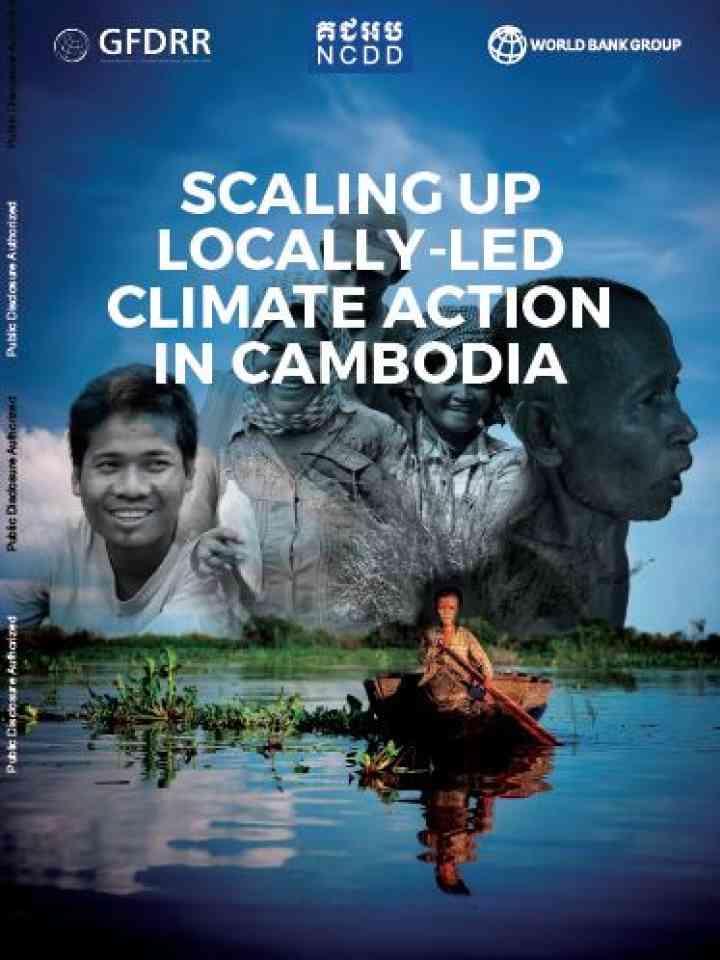Scaling up locally-led climate action in Cambodia
The report maps out the government’s key regulatory frameworks, policy priorities, and institutional arrangements that could deliver climate finance and accelerate climate action at the local level. It also captures lessons learned from initiatives in Cambodia to integrate climate risks into local development investments and incentivize climate action. Lastly, the report highlights best practices that could be considered in future local climate-smart investments.
Cambodia has recorded impressive economic growth and improvements in social well-being in the last two decades, and it aspires to become an upper-middle income country by 2030 and a high-income country 2050. However, this progress is threatened by climate change. If appropriate and risk-informed adaptation actions are not taken, Cambodia’s gross domestic product (GDP) may fall 9.4 percent by 2050 and crop yields could fall 30 percent under a high emissions scenario. The burden of climate impacts in Cambodia is likely to fall disproportionately on poor households and marginalized groups because they tend to be more reliant on climate-sensitive livelihoods such as agriculture and fisheries; live in climate vulnerable areas; and have their adaptive capacity substantially stretched by more frequent extreme weather events and disasters.
Explore further
